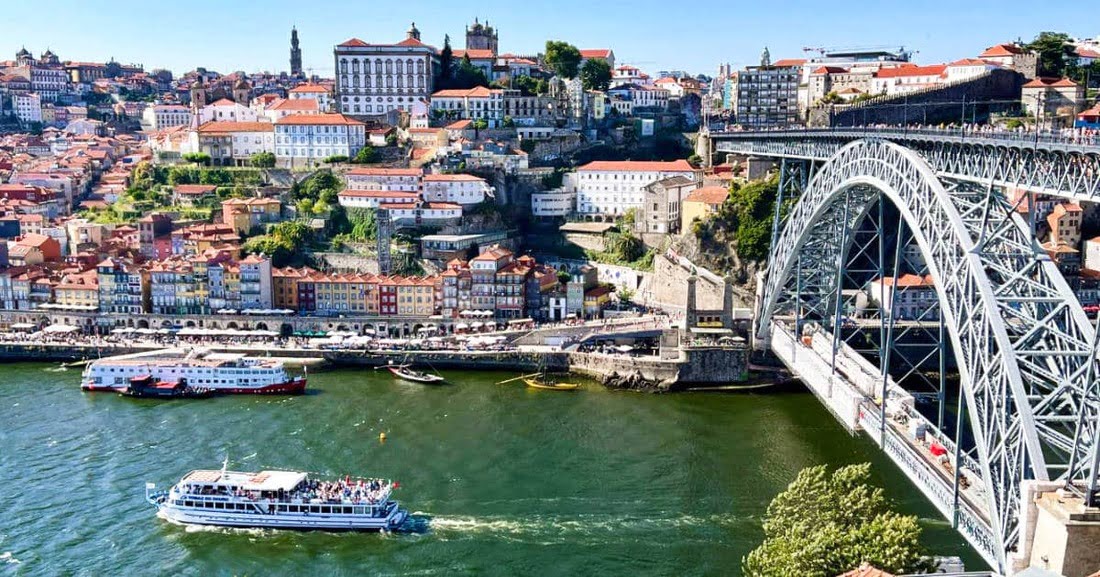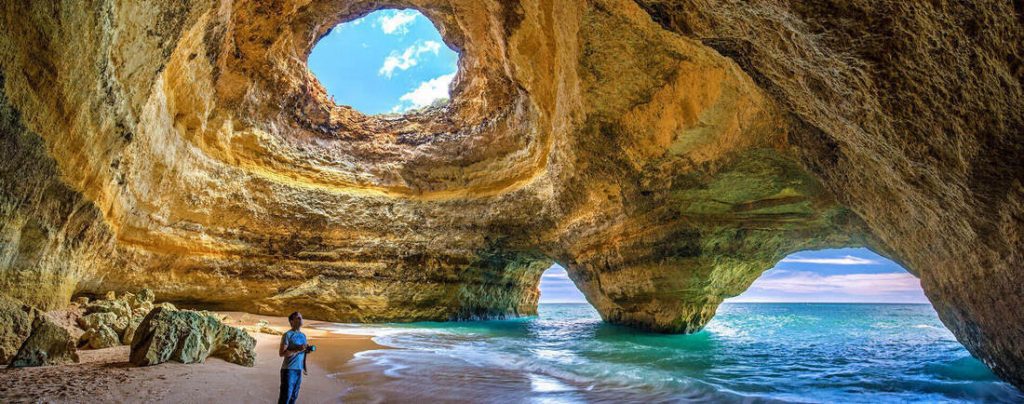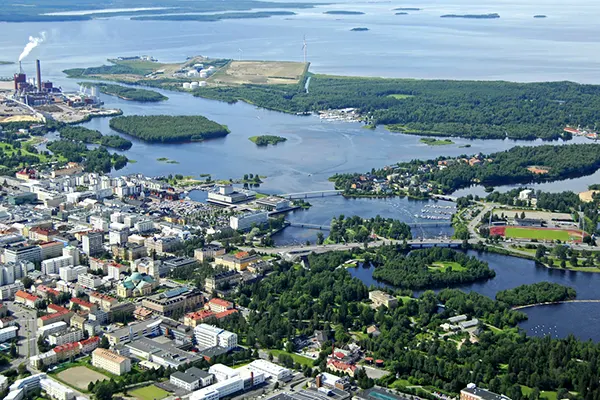
Portugal Tourist Attractions
Portugal tourist attractions comprise historical sites, museums, islands, beaches, and valleys. The coasts serve as a major tourism spots.
Madeira
An archipelago, it is situated between the North Atlantic Ocean and the edge of the European Union. European and Portuguese sailors rediscovered this island of Madeira in 1419. Presently, it is a popular resort island and tourist destination. The main attractions of the Madeira Island include the Madeira wine, the seasonal flowers, artisans, and the fireworks show that has made its name to the Guinness Book of World Records.
The exciting cruises across the Atlantic are an integral part of the tour to the Madeira Islands in Portugal. The island is also popular for its subtropical Mediterranean climate that is favorable for tourists and makes it a place for conservation of several tropical species. The rainforests are located in the northern slopes of the island and is a World Heritage Site. This region is also home to various species of birds namely the Zino’s Petrel, Trocaz Pigeon, and Madeira Firecrest. It is also a center for seabirds breeding. The rainforest facilities trail walking and jungle trekking for adventure tourists. The floral diversity of the place attracts many biologists and plant researchers.
The island is accessible by two airports- Funchal Airport and Porto Santo and is connected from Lisbon and Porto. There are also flights from Brazil, South Africa, and Venezuela.
Tile Museum Lisbon
The Tile Musuem is located in Lisbon city of Portugal. “Azujelo” stands for ceramic tiles in Portuguese language. The museum houses a former convent called Convento da Madre de Deus that was built in 1509. Queen Dona Leonar commissioned it. The architecture of the museum is the most fascinating part of the visit to the museum. It reflects the 17th and 18th century Baroque architecture that gained importance during the era.
The National Azulejo Museum, also called Tile Musuem is a hotspot for international tourists who find the architecture, display, and art works impressive. Tiles, ceramics, and images are the main exhibits of the place. Different kinds of tiles form the largest collection amounting to around 7,000 pieces. The tiles mainly were from Museu Nacional de Arte Antiga. It is located within minutes of the Tile Musuem. The tiles in display presently are a composition dating back to 15th century Portugal.
The main highlight of the museum is the white and blue tiles numbering to 1,300. A single piece of the tile measures around 75 feet in length and is the largest of its kind in the country. Other prominent collections in the museum are- “Our Lady of Life” made in 1580, the “Cycle of Masters” of 1695, and the “Flight into Egypt” from 1730.

Torre de Belem
The Torre de Belem is the most visited attraction in Lisbon Portugal. It is the most well preserved structures part of the city. Today, it is part of the historical sites in Lisbon and has been a memorabilia of the city’s marine past.
The Belem Tower built in 1515 was a fortress meant to protect the entry point of the Lisbon harbor. Many voyages and trading recorded from this place as sailors searched for new routes. The sailors and other seamen regarded it as a holy and lucky place. Located along the shores of Lisbon, it is a top tourist attraction for all those who are come to relax by the seashores.
Francisco de Arruda designed the Torre de Belem and the tower is known by the same name. The Portuguese style architecture with arcade windows facing the rivers,. It stands as a symbol of “Our Lady of Safe Voyage” for protection of the sailors.
After 1500, the tower has been a visitor’s destination lit up beautifully at night. It is also one of the finest military architecture built in Portugal.
Conimbriga Ruins
The Conimbriga Ruins is the most significant historical Portugal tourist attractions. It stands as the greatest example of Roman architecture discovered in the European continents. The site of the ruins today has millions of tourists visiting every year. They are considered as some of the best-preserved ruins of the Roman architecture around the Iberian Peninsula. The ruins are found in the road along Coimbra to Tomar.
The Conimbriga ruins were occupied first by the Celtics during Iron Age and then by the Romans of the first century. It was a flourishing city during the occupation of the Romans. It was destroyed during the invasions of 468 AD. Today, it is a popular destination for tourists visiting the northern region of the country.
Conimbriga Ruins is part of the National Monument list and houses many fountains, gardens, ancient mosaic works, and bathing area earlier heated by underground heating channels. According to estimations by archaeologists, excavations of around 10 per cent have taken place in the site of ruins.
Popular articles
-
Oulu, Finland – A Northern City ...
Oulu, located in Northern Finland, has …

-
Takayama, Gifu Prefecture, Japan...
Nestled in the mountainous heart of …

-
Lake Bled, Slovenia — Romantic R...
Lake Bled is one of the …

